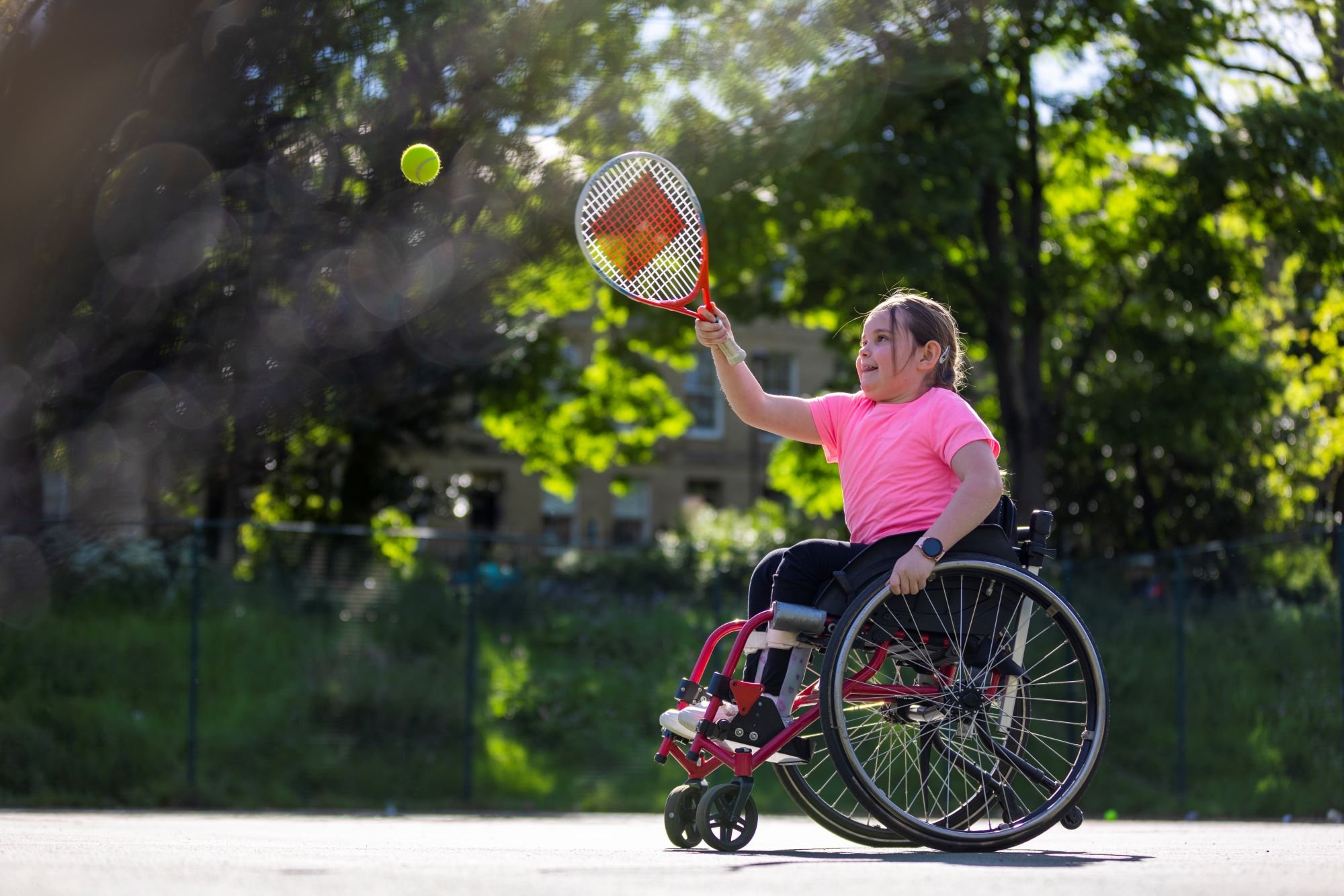
Research
Paths to a Treatment or Cure
The Lilly and Blair Foundation is proud to fund the following projects. With your support, we can continue to drive critical research and uncover breakthrough treatments that can change the lives of the children and families impacted by this devastating disease.
-

AAV9 Gene Therapy Project for SPG4
Gene therapy replaces a disease-causing or mutated gene with a new, healthy copy of the gene. Studies of AAV9 vectors have shown promise for all types of SPG4, regardless of the specific mutation, by knocking out and replacing the SPAST gene
Read more about this project >> -

New Mouse Model
In an effort to expand upon the available therapeutic avenues for childhood-onset, de novo SPG4, The Lilly and Blair Foundation has fully funded the development of a new mouse model that - for the first time - will replace both mouse SPAST genes for human SPAST genes, with one bearing a mutation found in people with SPG4.
Read more about this project >>
Ongoing Research
The ongoing research and other projects below continue to contribute to the understanding of and a potential cure for childhood-onset, de novo, SPG4. We are hopeful that their outcomes will provide additional or complimentary avenues for exploration on the path to clinical trial.
-
Antisense Oligonucleotides (ASOs)
ASOs are short chains of chemically modified nucleotides that curtail the synthesis of new toxic protein by targeting the relevant mRNA. The unknown mechanism of SPG4 can present a challenge for effective ASO studies.
In May 2024, The Lilly and Blair Foundation funded a new mouse model where - for the first time - the mouse SPAST gene will be fully replaced with human SPAST genes (including introns and exons) necessary to mimic the disease mechanisms. This model will help researchers develop and test therapies more effectively, as treatments like antisense oligonucleotides can be tested in this mouse to see how they might work in humans.
Peter Baas, PhD, Professor; Director, Graduate Program in Neuroscience, Department of Neurobiology and Anatomy, Drexel University College of Medicine -
HDAC6 Inhibitors
Recent research on SPG4 found that a buildup of toxic protein (mutant spastin) reduces important cell structures’ stability, leading to nerve cell damage. A key enzyme, HDAC6, is overly active in this condition, worsening the problem. Blocking HDAC6 with a a drug called Tubastatin A (Tub A) improved movement and prevented nerve damage in mice with SPG4. Similarly, lab-grown human nerve cells with SPG4 mutations showed severe damage, but Tub A treatment helped protect these cells. These findings suggest that Tub A could be a promising treatment for SPG4 and similar nerve disorders.
Liang Oscar Qiang, MD, PhD, Associate Professor, Department of Neurobiology and Anatomy, Drexel University College of Medicine -
Registry and Natural History Study
This ongoing study aims to gather clinical data and blood/saliva samples from patients who exhibited onset of symptom age 18 years old or younger. The objectives are to document the clinical presentation and natural history of early onset forms of SPG4 and to facilitate an early diagnosis, enable counseling and anticipatory guidance of affected families and help define clinically meaningful endpoints for future interventions.
Darius Ebrahimi-Fakhari, MD, PhD, Director, Movement Disorders Program, Boston Children’s Hospital; Assistant Professor of Neurology, Havard Medical School -
Small Molecule Drugs and AKV9
These drugs have a low molecular weight and can easily penetrate cell membranes, making them effective for diseases within cells. Current studies are showing promise for treatment of upper motor neuron diseases through use of small molecule compounds.
In July 2023, the compound AKV9 was approved by the FDA for Phase 1 studies of it’s safety and tolerability. At this time, the drug’s primary purpose is treatment of the upper motor neuron disease ALS, but there is potential applicability to spastic paraplegia and our team is following this research closely.
Hande Ozdinler, PhD, Associate Professor, Neurology (Neuromuscular Disease), Northwestern University

Together We Can
Time is not on our side, but we hope you will be.
